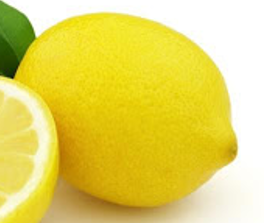Essential Oil Of The Month Focus
These blogs will give short descriptions of therapeutic benefits and cautions for individual essential oils. To get in-depth information on these essential oils, sign up for a membership.
Blogs by karen dragoo
Blogs by karen dragoo

 RSS Feed
RSS Feed